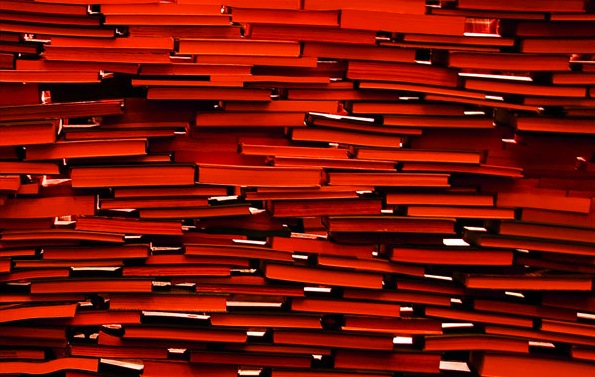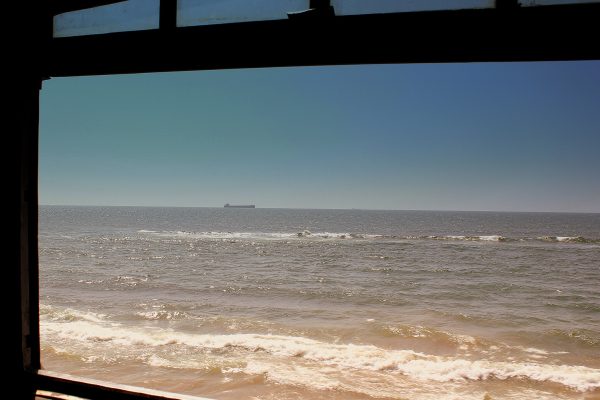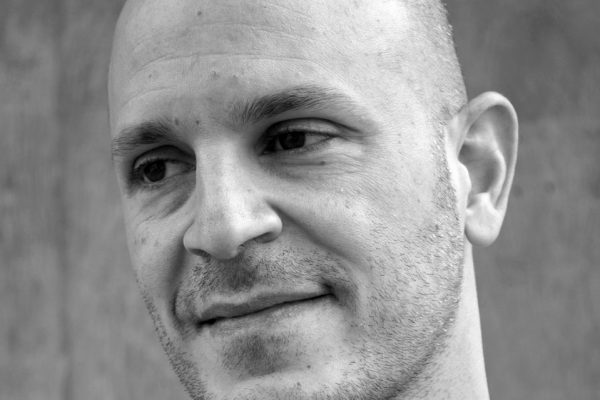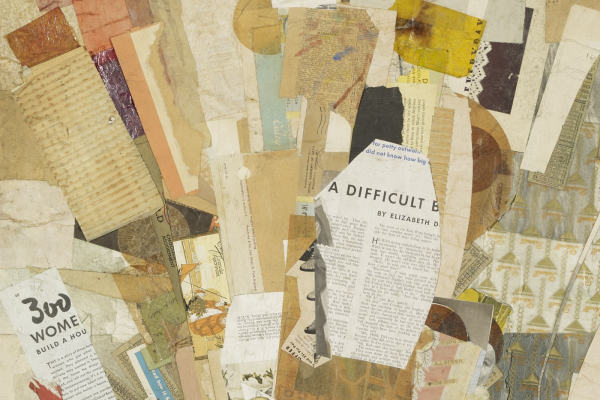Canon-Formation
Though I admire Perloff’s criticism and her work to legitimize and curate poets such as Charles Bernstein and Susan Howe, I find it disingenuous that she defines Dove’s poets as part of the dominant culture and her favored poets as outliers who reject the status quo. Rather, the essay suggests two competing canon-formations. While my aesthetic sympathies align with Perloff’s, I question why Perloff chose to pick her bone with Natasha Tretheway, a Pulitzer-winning African American poet, rather than, say, Stephen Dobyns. While Perloff pays lip service to a few poets of color, and gives, for example, rightful attention to Srikanth Reddy, I am most troubled by the totalizing, shorthand generalizations in Perloff’s introduction: she mentions poetry’s proliferation and the “degree” of differentiation provided by poetry aligned with “identity politics,” only to imply that the minority poet’s importance is negligible since his or her style is assimilable to polite verse. As if we all write like Trethewey.
Canons are manifold and the avant-garde tradition has carved out its own hoary gallery. Conceptual poets, due in part to their brilliant PR strategies, are on the fastest track to becoming academicized. And like all institutions, the avant-garde canon has been as racially homogenous as mainstream poetry. One can rationalize these exclusions. The critic Timothy Yu, in his excellent essay “Form and Identity in Language Poetry and Asian American Poetry,” delineates two poles of thought that emerged during the ’70s and ’80s: multicultural poetry and Language poetry. Both groups worked to disrupt the dominant paradigm, but they had radically different aims: “the Language poet’s critique of the personal, lyric voice vs. the minority poet’s desire to lay claim to voice.” Many minority poets did not fit within the experimental rubric because they relied on content and employed language as a window on their need-to-be-told stories. This is Perloff’s beef with Trethewey, but I can’t help returning to Perloff’s sweeping dismissal of the poetry of identity politics in her introduction. In 2001, Perloff reviewed the Oxford Anthology of Modern American Poetry and wondered why 21 out of 25 young contemporary poets were writers of colors, as if some affirmative action were taking place where content was favored over form, identity over merit.
It’s easy to forget that poets such as Stein, Williams, and Zukofsky also came from immigrant stock. Because they learned English as a second language, it brought “home the artificialness of . . . language,” as Charles Bernstein mentions in A Poetics. Much has changed since the ’70s and ’80s: multiculturalism and experimental poetics have twined. You have Trethewey, but you also have Ed Roberson, Myung Mi Kim, Fred Moten, Rodrigo Toscano, Bhanu Kapil—poets who acknowledge language’s artifice and unsettle race via formal deconstruction. These poets are not simply riding the coattails of their white experimental forebears. They have provided their own “lively reaction,” creating a vanguard of new formal and interactive possibilities. It’s surprising how The Penguin Anthology of Twentieth Century American Poetry has managed to generate waves of controversy, garnering contretemps months after its publication. Perhaps Dove pulled the rudest Conceptualist prank: by writing a “folksy” introduction and upending the numbers game, Dove punked us all.








